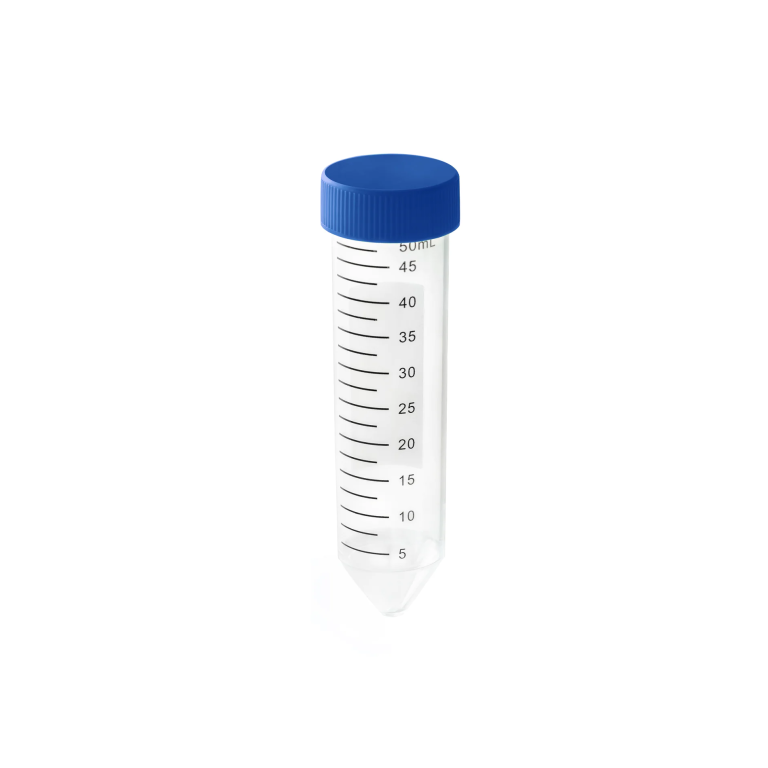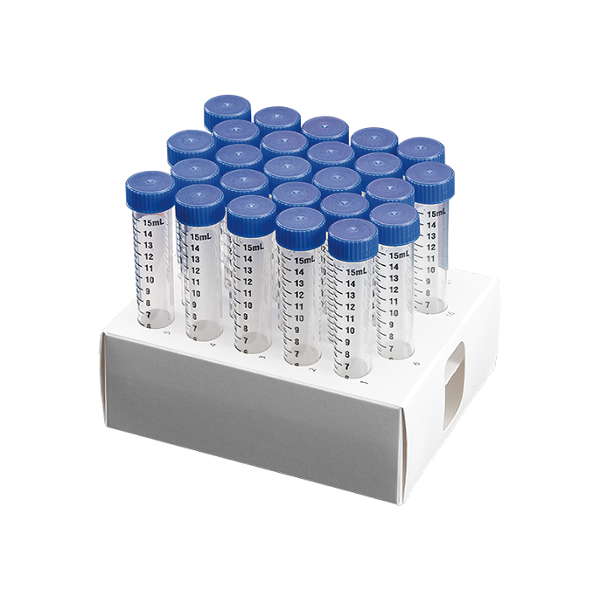Yes, centrifuge tubes can be reused, but their reusability depends on the material, type of sample, and whether the tubes are disposable or specifically designed for multiple uses. Here’s what you need to know about reusing and properly cleaning centrifuge tubes:
### 1. **Reusability by Material**
– **Plastic Centrifuge Tubes**:
– **Polypropylene tubes** can generally be reused if they have not been exposed to harsh chemicals, extreme temperatures, or physical damage. They are resistant to many chemicals and can tolerate autoclaving.
– **Polycarbonate or polyethylene tubes** are less durable and more prone to wear after repeated use.
– Disposable plastic tubes are **not recommended for reuse**, especially in sensitive applications like molecular biology or clinical labs, due to the risk of contamination.
– **Glass Centrifuge Tubes**:
– Glass tubes are typically **reusable** and can withstand repeated cleaning and sterilization, including autoclaving. They are more suitable for use with corrosive chemicals or when high temperatures are required.
– However, they are fragile, so care must be taken to avoid cracks or chips.
### 2. **Cleaning Procedures**
Proper cleaning of centrifuge tubes is essential to avoid cross-contamination, especially in biological and chemical experiments. Here’s a step-by-step guide:
#### **Plastic Centrifuge Tubes**:
– **Rinse immediately** after use with water or a suitable solvent to prevent sample residue from drying.
– **Soak in a mild detergent solution**: Use a non-abrasive, laboratory-grade detergent and soak the tubes to loosen any remaining residue.
– **Scrub gently**: Use a soft brush (especially for conical tubes) to clean the inside, but be cautious not to scratch the plastic as this can harbor contaminants.
– **Rinse thoroughly**: Rinse the tubes multiple times with distilled or deionized water to remove any detergent residue.
– **Sterilize if necessary**:
– **Autoclaving**: Polypropylene tubes can usually be autoclaved at 121°C for 15-20 minutes. Always check manufacturer recommendations for maximum temperatures.
– **Chemical sterilization**: If autoclaving isn’t suitable, tubes can be sterilized using 70% ethanol or other disinfectants compatible with the tube material.
– **Air dry**: Allow tubes to dry upside down on a clean drying rack to prevent water spots or contaminants.
#### **Glass Centrifuge Tubes**:
– **Rinse immediately** with water to remove sample residues.
– **Soak in a detergent solution**: Use a laboratory-grade detergent. For tough residues, a mild acid or base solution can be used, depending on the type of contaminant (e.g., dilute hydrochloric acid for mineral deposits).
– **Scrub with a bottle brush**: Ensure that all internal and external surfaces are thoroughly scrubbed.
– **Rinse with distilled water** to remove any cleaning agents.
– **Autoclave or bake**: Glass tubes can be autoclaved or baked in a drying oven at high temperatures (up to 180°C) for sterilization.
– **Inspect for cracks** before reuse, as damaged glass tubes can be dangerous when used in a centrifuge.
### 3. **Special Considerations for Cleaning**
– **Dealing with Biological Samples**:
– If the tube has been used for biological samples, it may be necessary to decontaminate it with bleach (e.g., 10% sodium hypochlorite) or ethanol before regular cleaning.
– **Handling Chemical Samples**:
– For tubes used with harsh chemicals (acids, organic solvents), ensure that the cleaning agent is compatible with the tube material. Some chemicals may degrade plastic tubes over time.
– **Avoid Abrasives**: Do not use abrasive brushes or harsh scrubbing agents on plastic tubes, as scratches can lead to contamination and degrade the tube over time.
### 4. **When to Discard Centrifuge Tubes**
– **Visible damage**: If the tube has cracks, deformations, or scratches (especially on plastic), it should be discarded to avoid breakage during centrifugation.
– **Loss of transparency**: If plastic tubes become cloudy or discolored after repeated use, this could indicate chemical degradation, and the tube should be replaced.
– **Wear from high-speed centrifugation**: Tubes exposed to high centrifugation forces repeatedly may weaken over time, so it’s essential to monitor for signs of wear or deformation.
### Conclusion:
Centrifuge tubes can be reused if they are made from durable materials like polypropylene or glass and if they have not been exposed to conditions that compromise their integrity. Proper cleaning with the right detergents, gentle scrubbing, thorough rinsing, and sterilization methods are critical to ensuring that reused tubes remain contamination-free and safe for future use.


